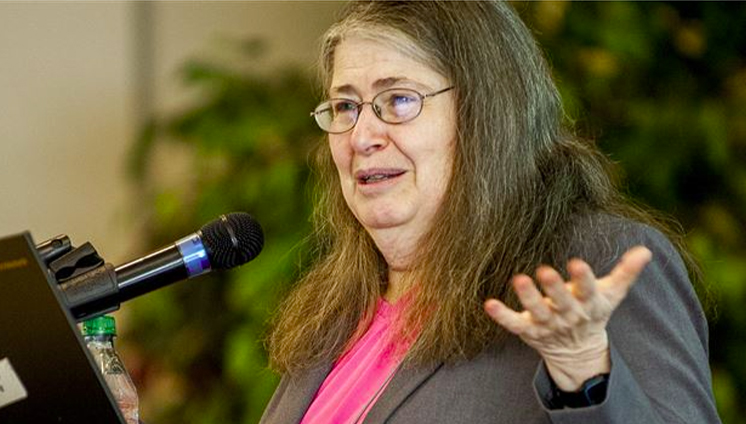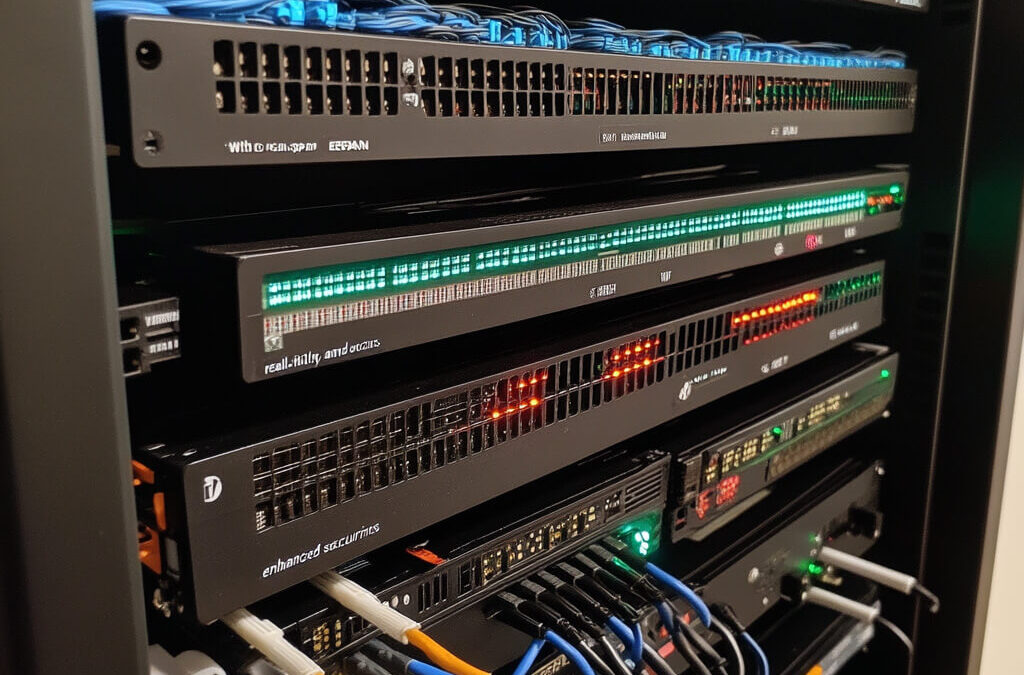Radia Joy Perlman: Pioneering the Future of Technology with Vision and Expertise.
Few names resonate with as much influence and recognition in computer networking as Radia Joy Perlman. Often hailed as the “Mother of the Internet,” Perlman’s groundbreaking contributions have helped sculpt the foundational structure of today’s digital connectivity.
Her work, characterized by ingenuity and foresight, has revolutionized network design, underpinning the seamless and robust digital interactions we experience today. Radia Perlman, a visionary scientist in her own right, has redefined the possibilities within computer networking, offering solutions and innovations that have become integral to the fabric of the internet.
Early Life and Influence
Radia Perlman, a renowned computer scientist, was born in Portsmouth, Virginia, on January 1, 1951. Her early life in Loch Arbour, New Jersey, was shaped by her parents, who were engineers for the US government. Her mother was a computer programmer and trained mathematician, while her father specialized in radar technology, influencing her interests.
From a young age, Perlman demonstrated a strong aptitude for mathematics and science, naturally gravitating towards the tech world. Apart from her academic pursuits, she also developed a passion for playing the French horn and piano during her middle and high school years.
Education and Academic Achievements
While in high school, Radia Perlman enrolled in a programming class, sparking her interest in a computer career. After high school, she attended MIT, where she studied Mathematics.
Her academic journey led to her first paid position in 1971 as a part-time programmer at the LOGO lab. While there, Perlman developed TORTIS, a child-friendly version of the LOGO programming language tailored for educational robotics. This innovative work established her as a pioneer in teaching programming to young children.
After earning her bachelor’s degree in 1973, Perlman didn’t stop there. She continued her education at the same institution, pursuing a master’s degree in computer science.
Profound Career and Professional Achievements
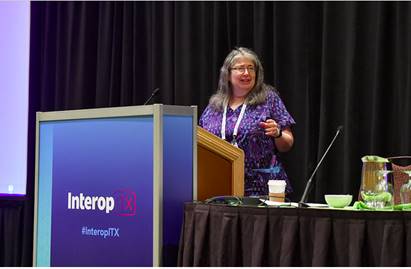
Radia delivers a compelling keynote at Interop ITX, sharing profound insights into the dynamic world of technology.
Radia Perlman graduated in 1976 and subsequently joined the MIT Laboratory of Computer Science as a staff member. Her deep passion for computers led her to study more in the burgeoning field of network design and architecture.
Perlman, often called the ‘Mother of the Internet,’ has made foundational contributions to computer networking, significantly influencing the field beyond her invention of TRILL and the Spanning Tree Protocol (STP). Perlman acknowledges the collaborative nature of the internet’s development, emphasizing the collective effort rather than individual credit.
Her significant contributions include shaping the internet’s technical infrastructure and playing a vital role in the conceptualization and design of networks. Perlman’s expertise in algorithm creation has been pivotal in addressing complexities in network design.
Perlman’s development of several secure network protocols has underscored the importance of robust and secure networks in our connected world. Her insights in this field have been instrumental in fortifying the internet against various threats and vulnerabilities.
Security Pioneer

Radia Perlman’s Milestone Achievement: 2014 Induction into the Internet Hall of Fame.
Radia Perlman’s work has played a pivotal role in laying the groundwork for secure communication, extending her focus beyond mere network connectivity to developing secure networking protocols. Her emphasis on mastering and mitigating vulnerabilities in network infrastructure is notable. Her approach centered on designing protocols and mechanisms to prevent unauthorized access and exploitation of sensitive data.
Radia Joy Perlman’s advocacy for robust design principles in network security has been influential. She championed resilience as a key factor in developing methodologies and protocols, creating systems capable of withstanding potential threats, and preserving organizational communication integrity.
Furthermore, Perlman has significantly contributed to promoting secure network design through educational materials and advanced research. Her popular textbooks are widely used in higher learning institutions to educate learners on the importance of secure networking and guide the implementation of secure protocols and mechanisms.
Perlman’s contributions to network security also extend to cryptography. While not primarily a cryptographer, her work has been crucial in integrating cryptographic principles into network security frameworks, thereby enhancing the security of network communications.
Contributions to Secure Protocols
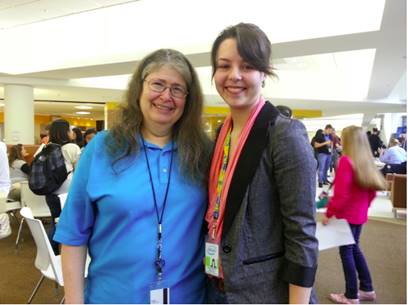
May 2015: Radia Perlman Engages with Oregon State University Students, Inspiring the Next Generation in Tech.
Speaking about secure network protocols is impossible without mentioning Perlman’s contributions. She has been dedicated to creating efficient, stable, and scalable communication frameworks. Her pioneering work has propelled the advancement of secure networking protocols. For instance, her invention of the Spanning Tree Protocol (STP) illustrates this impact.
While STP was not solely focused on security, its influence on network resilience and stability is evident. By preventing data loops in Ethernet networks, Perlman’s STP ensured reliable and predictable communication, thereby reducing network vulnerabilities.
Perlman’s creation of Transparent Interconnection of Lots of Links (TRILL) is another notable advancement in network security. In designing TRILL, she integrated security considerations to simplify network configurations while enhancing performance, leading to a more secure network infrastructure.

Engaging Insights: Radia Perlman Shares Wisdom in a Thoughtful Q & A Session.
Perlman’s advocacy for simplicity in network design is also significant. She focused on developing straightforward and robust protocols, which contributed to creating less vulnerable systems. This approach has indirectly motivated future network engineers to prioritize security from the outset of their designs.
Thanks to Perlman’s contributions, the networking community has adopted a more advanced security mindset, with increased emphasis on security in the broader networking industry. This shift towards prioritizing robust networks is a testament to her influence.
Perlman’s holistic approach to network design, which balances simplicity, robustness, and functionality, has set a standard in the field. It underscores the principle that a well-designed network must inherently incorporate security considerations.
Authorship
Radia Perlman has authored several influential books that continue to shape the knowledge of secure networking among network engineers.
These books include:
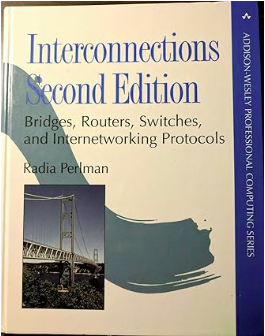
1. Interconnections: Bridges, Routers, Switches and Interworking Protocols (1992).
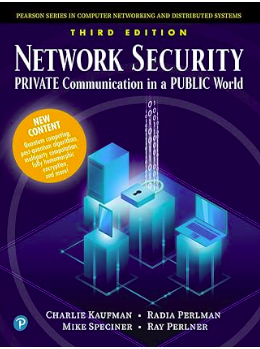
2. Network Security: Private Communication in a Public World (Prentice Hall Series in Computer Networking and Distributed Systems).
Radia Perlman’s career, marked by her seminal contributions to computer networking, has made her a pivotal figure in shaping the digital world. Her visionary approach, blending technical mastery with a focus on secure and resilient networks, exemplifies a legacy that continues to guide and inspire computer science and network engineering.

Radia teaches a kid programming


Radia at Weber State University during National Engineers Week

Radia giving a keynote at Interop ITX

Oregon State University, a student was fortunate to take a photo with Radia in May 2015

During a Q&A session
Books she has authored and co-authored


1. Interconnections: Bridges, Routers, Switches and Interworking Protocols (1992).
Awards

